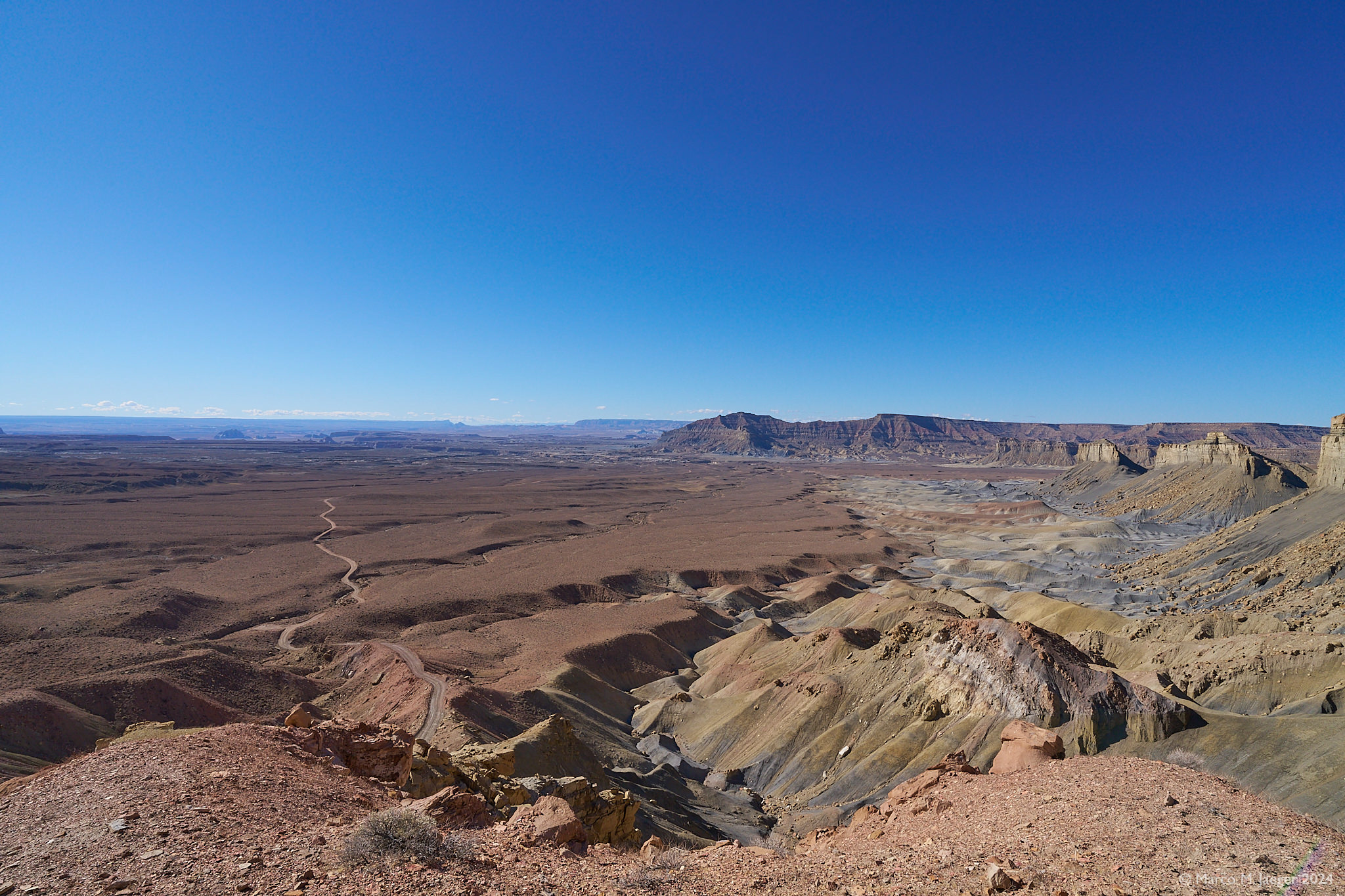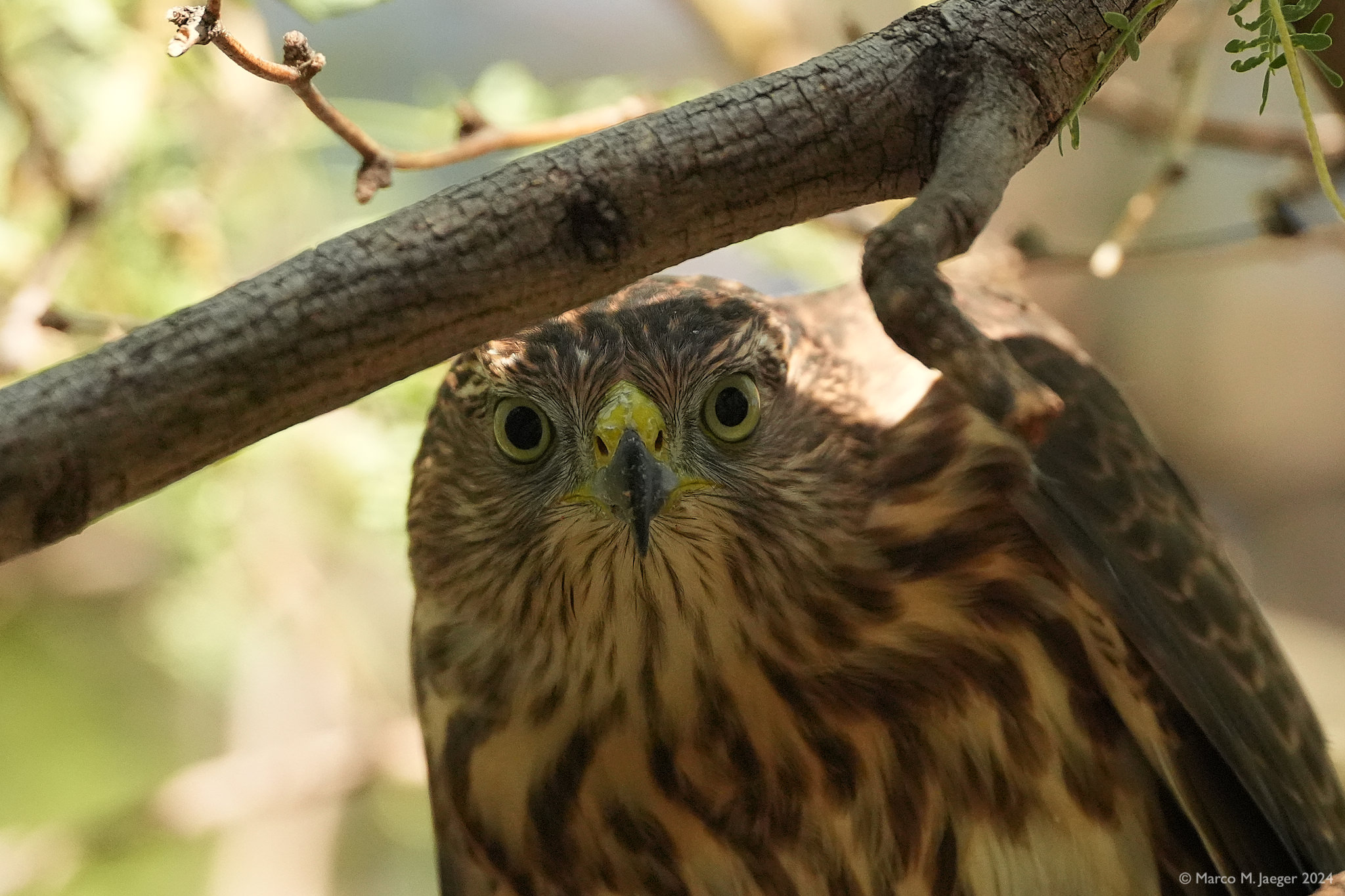On our way to Page, AZ, we take a detour to the Navajo Bridge in Marble Canyon to check whether we can see some California Condors.
We have been at the bridge before but didn’t know at the time that the Condors like to “hang out” there. Upon arrival we see 4 of these majestic birds sitting on the lower part of the bridge, then take off one after the other. We find them again in the cliffs a little further downstream. Marco is glad to have his long lens, but they are still very far away. A total of 8 or 9 birds, walk and fly around, but they never soar up into the sky. After watching them for a good hour we head back to the car and continue our drive to Page.
The California condor (Gymnogyps californianus) is a New World vulture and the largest North American land bird. It became extinct in the wild in 1987 when all remaining wild individuals were captured, but has since been reintroduced to northern Arizona and southern Utah (including the Grand Canyon area and Zion National Park), the coastal mountains of central and southern California, and northern Baja California in Mexico. Although four other fossil members are known, it is the only surviving member of the genus Gymnogyps. The species is listed by the IUCN as Critically Endangered.
Source: Wikipedia
The plumage is black with patches of white on the underside of the wings; the head is largely bald, with skin color ranging from gray on young birds to yellow and bright orange on breeding adults. Its 3.0 m (9.8 ft) wingspan is the widest of any North American bird, and its weight of up to 12 kg (26 lb) nearly equals that of the trumpeter swan, the heaviest among native North American bird species. The condor is a scavenger and eats large amounts of carrion. It is one of the world’s longest-living birds, with a lifespan of up to 60 years.
Condor numbers dramatically declined in the 20th century due to agricultural chemicals (DDT), poaching, lead poisoning, and habitat destruction. A conservation plan put in place by the United States government led to the capture of all the remaining wild condors by 1987, with a total population of 27 individuals. These surviving birds were bred at the San Diego Wild Animal Park and the Los Angeles Zoo. Numbers rose through captive breeding, and beginning in 1991, condors were reintroduced into the wild. Since then, their population has grown, but the California condor remains one of the world’s rarest bird species: as of 2019 there are 518 California condors living wild or in captivity. The condor is a significant bird to many Californian Native American groups and plays an important role in several of their traditional myths.









